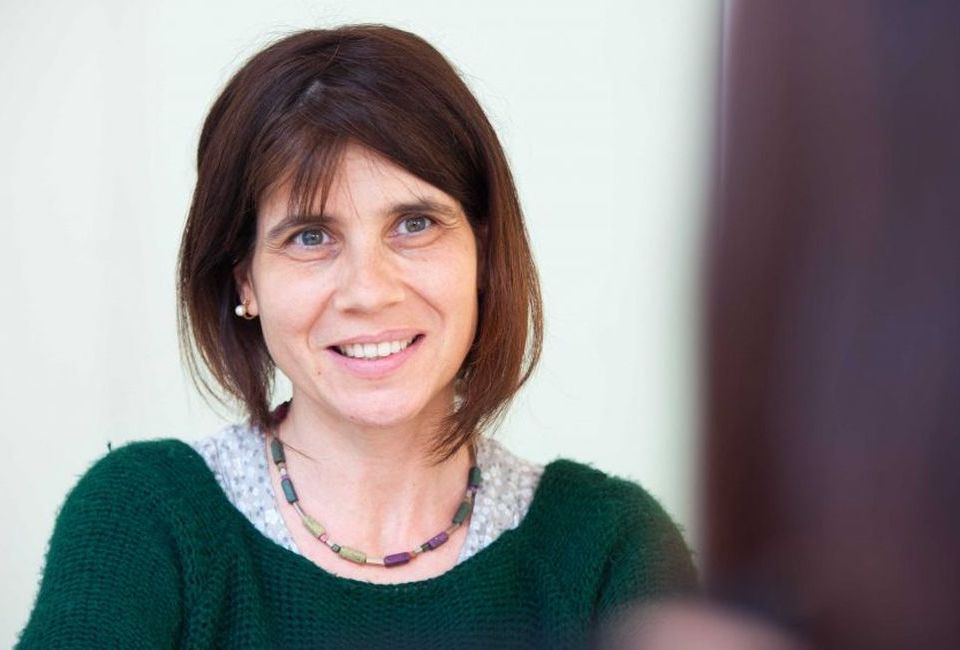
Judit Molera is working with a study of crocodile bones and teeth at the ALBA Synchrotron
A study of crocodile bones and teeth, from both the species in the Nile today and fossils from around 70 million years ago, has been carried out at the ALBA Synchrotron. UVic-UCC, the Autonomous University of Madrid (UAM), the University of Alcalá (UAH) and the Spanish National Research Council's Ceramics and Glass Institute (ICV-CSIC) have collaborated in this research to ascertain the differences and similarities between these bones and teeth, which provide insights into the growth and physiology of individuals and species, and how different crocodile groups lived in different ecosystems in the past.
The participants from UVic-UCC were the team led by Judit Molera, coordinator of the Research Group in Mechatronics and Modelling Applied to Technology of Materials (MECAMAT). The research aims to compare these tooth and bone samples from today's Nile Crocodile species (Crocodylus niloticus) with fossils from an extinct species from the Upper Cretaceous, to see whether the environmental changes taking place today mean the same for crocodiles as they did in the past. They have already found some differences between the fossils and modern samples using techniques such as electron microscopy, and now they want to discover the reasons behind for them.
The new contribution made by this study is its combination of two perspectives: materials science and biology. The ALBA's MSPD beamline is widely used to study materials including minerals, ceramics and glass, but is also useful for studying organic materials. The spatial resolution provided by synchrotron light diffraction makes it possible to study morphological variations in tissues which are not visible when other techniques are used. "These differences in teeth and bones between the extinct and modern crocodiles may be due to changes at various levels: at the individual level, due to the evolution of the species itself or for environmental reasons," says Julia Audije, a doctoral student at UAM. She also warns that caution should be exercised when drawing conclusions, because "for example, crocodiles replace their teeth approximately every 80-260 days."
The scientific team hopes that they will be able to obtain much more information from this analysis, which was carried out at the Synchrotron for the first time, and they rate the collaboration between the group of biologists and geologists at UAM and UAH and the experts in material science very highly. According to the UAM lecturer and researcher, "we would perhaps not have had access to the ALBA without the help of Judic Molera's team at UVic-UCC and Miguel Ángel Rodríguez Barbero at the ICV- CSIC, who are very knowledgeable about this technique and the applications of the synchrotron."